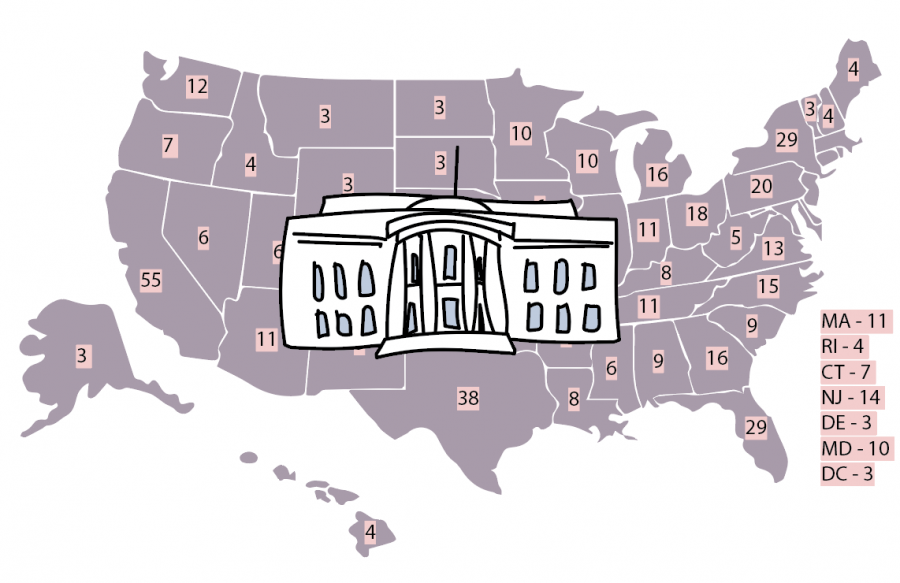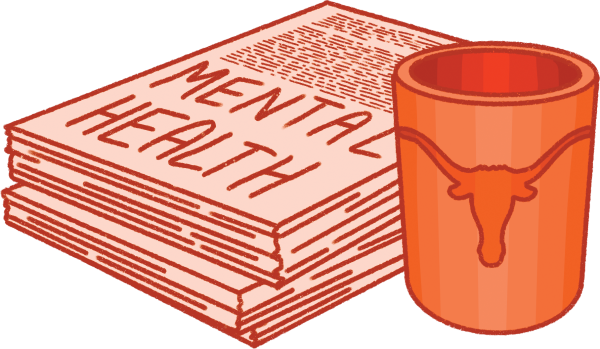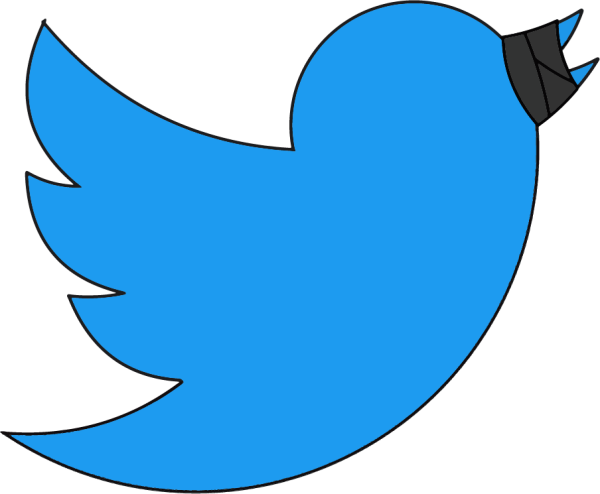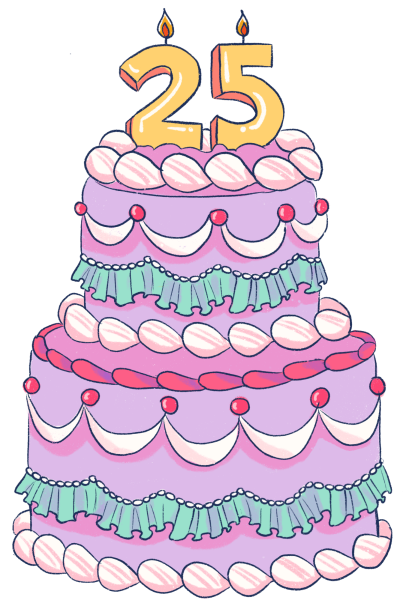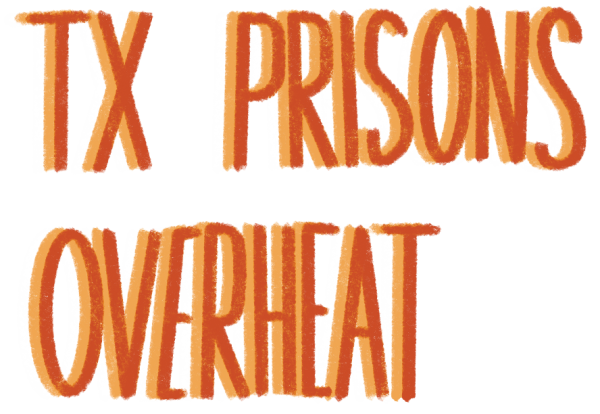Staff Stance: With Liberty and Justice for Some: Is the American Electoral College Still Relevant and Fair?
January 8, 2021
Even if you lived under a rock, in the weeks leading up to the 2020 election, you would be bombarded by a constant stream of messages about the inherent flaws of each candidate, their supporters and, as in most years, the flaws of the election system itself. Unlike in many democratic countries and municipalities in the world, the United States uses a system called the electoral college to elect the president. The electoral college has been a highly debated idea since its birth in 1787. It wasn’t the ideal approach then, and it isn’t an ideal approach now.
The Electoral College was an idea born of compromise. In 1787, at the Constitutional Convention, the Founding Fathers had to come up with a method of electing the president that all of the states could agree on, which ended up being quite a feat. After being under the rule of a tyrannical king, many in this young country weren’t keen on the idea of having Congress pick the president — they didn’t know how they’d be able to prevent the country from becoming a near-oligarchy. But many high-class politicians believed that American citizens were not educated enough to be able to vote directly for the president. So the electoral college was born — a way for people to be able to choose their president, but with a bit of distance between them and the official decision.
The electoral college, at its birth, consisted of 138 votes, with each state getting a number of votes that was directly proportional to its population — or, more accurately, its population of white, land owning men. Since 1787, the electoral college has gained 400 votes. However, instead of increasing the number of electoral votes in each state as the population of the country grows, a cap has been put on the number of electoral college votes. Now, the same 538 electoral votes are divided by percentage of the population per state. Candidates win per state, meaning, in most states, the candidate with a larger number of votes in a state gets every single electoral college vote in that state.
As one can tell from the facts about the electoral college alone, there are some serious problems with the transfer of the electoral college into today’s society. Too little faith is vested in the people, the system is outdated and winning the popular vote doesn’t directly result in winning the presidency. With the electoral college in place, calling ourselves a democracy may even be a little bit of a stretch.
The electoral college was founded in part because the Founding Fathers lacked faith that the American people would have access to information about candidates and campaign platforms. While this may have been a perfectly understandable idea in the 1700s, we are now in the 21st century. Information about candidates and political ideas are blasted from the rooftops or, more accurately, blasted from tiny speakers on every smartphone in America. Our country has changed, and so has the way that we get our information. The American people have all of the resources they need to make an educated decision about who they want to represent them.
But whether or not the people’s votes are truly represented in the electoral college is a point of contention. The entirety of each state’s electoral votes go to one candidate in most states, meaning that if one candidate gets 51% of the popular vote in that state and the other gets 49%, then the candidate with 51% of the popular vote gets every single electoral vote. And this yields numerical results. Since 1992, Republican candidates have won elections three times. Out of those three times, they only won the popular vote one time, with Bush in 2004. It doesn’t make sense for our country to keep a system in place that doesn’t represent the political opinions of the people.
Within this inconsistency is a whole other issue, one that runs deep within the veins of our nation. The electoral college doesn’t give minority groups a fair voice. According to the Census Bureau, in Wyoming, there is one electoral vote for roughly every 177,000 voters, and in California, there is one electoral vote for roughly every 700,000 voters. Wyoming has a much higher percentage of white people than California does. This inconsistency prevails throughout the country. States with larger percentages of people of color (generally states with large cities and populations) often have fewer electoral votes per capita, while more rural states with less diversity often have more electoral votes per capita. White people are represented much more thoroughly in the electoral college than already disenfranchised people of color. And while electoral vote totals do change with populations, the fact that states are required to have at least three electoral votes each and there can be no more than 538 electoral votes overall means that there is no way that vote totals per state can ever be truly fair.
These issues beg the question of what alternatives to this system might look like. The most popular alternative is the popular vote. The popular vote is exactly what it sounds like — each person’s vote is counted as the same amount, no convoluted system of dividing them or elaborately allotting them to higher powers. The candidate with the largest number of votes wins.
Many worry that the popular vote would be too complicated and make counting votes much more overwhelming and difficult for officials. However, the popular vote does not need to be counted in one mass. Counting votes can still be decided by state, each state reporting their vote total to federal election officials as usual. Not only would this result in a more accurate decision making process, it would also be more efficient, seeing as the electoral college would not have to meet to certify results.
The electoral college was created for a certain set of reasons. But this set of reasons does not apply to who we are as a country anymore. Our country has grown both in number and in resources, and our system for electing the president must represent us as a people. The only true way of making sure that the values of the people make it to the White House is to listen to each person’s voice, not create distance between the people and the presidency. The people must be able to decide who represents them, and if they cannot, we are not a true democracy.

